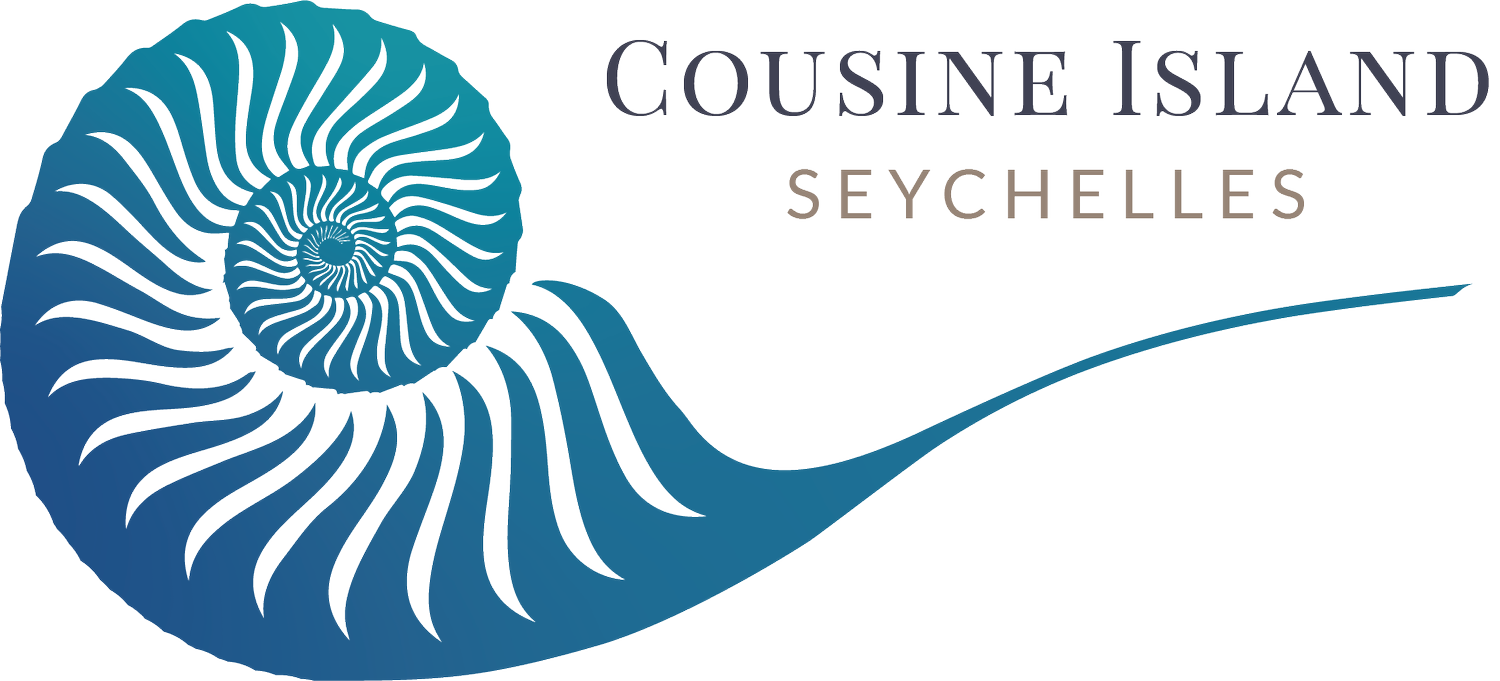塞舌尔石龙子(Mabuya sechellensis)又名 Mangouya
塞舌尔石龙子是塞舌尔特有的一种迷人的爬行动物,栖息在大部分花岗岩和珊瑚岛上。石龙子的外形与其他蜥蜴种类相似,但有几处与众不同。值得注意的是,它们没有脖子,而且在受到威胁时具有脱掉尾巴的非凡能力,这种防御机制有助于它们躲避捕食者。
塞舌尔臭鼬是昼行性动物,主要在白天活动。善于观察的游客经常可以发现它们在捕食各种食物,包括昆虫、落果甚至海鸟蛋。这些石龙子在生态系统中发挥着重要作用,它们控制着昆虫数量,并促进所食果实种子的传播。塞舌尔石龙子体型相对较小,体长约 107 毫米,比库西内岛的另一种石龙子莱特石龙子还要瘦小。塞舌尔石龙子的显著特征之一是其体侧有明显的黑色条纹,这使其有别于其表亲。
除了陆地活动外,塞舌尔石龙子还是攀爬能手。它们可以轻松地攀爬树木和椰子树,以获取各种食物。它们的攀爬能力为它们在岛上航行和开发资源的能力增添了一个额外的维度。
库塞纳岛是塞舌尔石龙子数量惊人的家园,据估计,岛上栖息着超过 16,500 只石龙子。这是世界上蜥蜴密度最高的地方之一,使库松岛成为爬行动物爱好者的热点。由于数量众多,这些石龙子在岛上的任何地方都很容易遇到。它们生性好奇,而且密度很高,因此经常与游客互动,有时甚至会爬到毫无防备的游客身上搭便车。
这种非凡的爬行动物为库西讷岛增添了生物多样性和魅力,为游客提供了一个在其自然栖息地观察和欣赏塞舌尔特有物种的独特机会。无论是晒太阳还是在灌木丛中穿行,塞舌尔石龙子都是岛上生机勃勃的生态系统中不可或缺的一部分。


